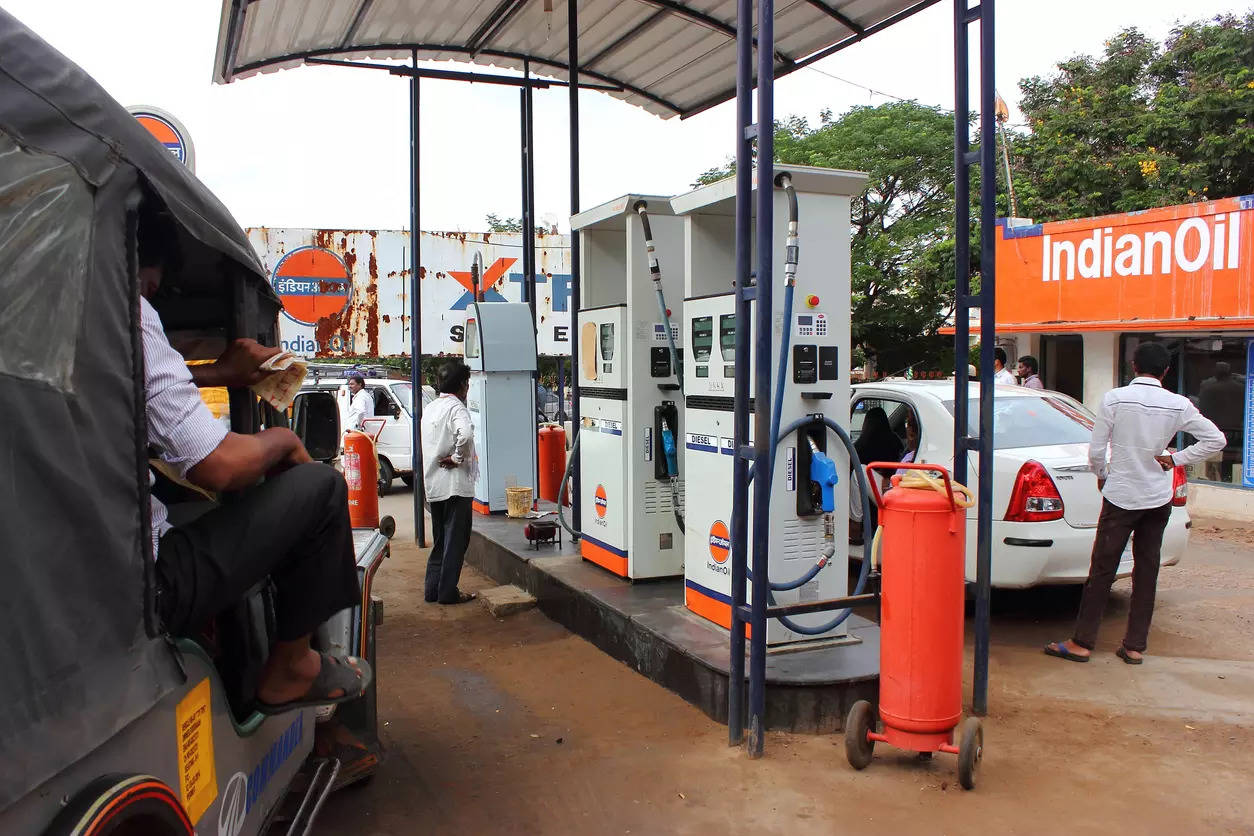Oil India’s Rs 25,000 Crore Investment for Achieving Net Zero by 2040

Oil India’s Rs 25,000 Crore Investment for Achieving Net Zero by 2040
The global shift toward sustainable energy and climate conservation has prompted Oil India, one of India’s leading oil and gas corporations, to announce an ambitious net-zero target.
The company has committed to investing Rs 25,000 crore (approximately $3.3 billion) by the year 2040 in order to reduce its carbon footprint and contribute to a cleaner, more sustainable environment.
This commitment positions Oil India as a frontrunner among traditional energy companies in India that are adapting their strategies to align with international sustainability goals.

The announcement comes at a crucial time when the global community is wrestling with the adverse impacts of climate change, manifested in rising global temperatures, melting ice caps, and increasing instances of natural calamities.
Governments and corporations worldwide are adopting initiatives aimed at reducing greenhouse gas emissions to arrest these climate shifts. India, with its growing energy needs, has been under the spotlight to reduce its dependence on fossil fuels and commit to renewable energy alternatives.
In order to reach net zero emissions by 2040, Oil India Ltd. (OIL) chairman and managing director Ranjit Rath announced on Thursday that the state-owned corporation wants to invest Rs 25,000 crore in renewable energy.
The corporation has made the decision to invest in projects to end flaring as well as green hydrogen, solar, geothermal energy, 2G ethanol plants, compressed biogas facilities, and carbon capture, utilisation, and storage (CCUS).

By compressing and pushing the gas to the city gas distributors (CGD) network, the firm intends to decrease gas flaring in line with the government’s objective to increase the percentage of gas in India’s energy mix from 6.2% to 15%.
Gas will be sent to Duliajan in Assam by an 80-kilometer pipeline from Arunachal Pradesh, where it would then be passed into the northeast gas grid and ultimately the national gas system.
OIL has formed collaborative ventures to build solar power facilities. Together with Assam, it is constructing a 620 megawatt (MW) solar capacity, and with Himachal Pradesh, it is constructing a 150 MW solar facility.
The corporation has set a target of producing 4 MMT of crude oil and 5 BCM of natural gas by the fiscal year 2024–2025 after recording its highest-ever oil and gas production in FY23 at 3.18 MMT and 3.18 BCM, respectively.
According to Rath, the company’s capex for FY23 was Rs 5,500 crore. Due to growth at NRL, it has budgeted investment of Rs 7,500 crore on a standalone basis and Rs 14,000 crore on a combined basis.
Oil India plans to adopt multiple strategies, including carbon capture, utilization, and storage (CCUS), and transitioning to cleaner fuels like natural gas. CCUS technology plays a vital role in capturing carbon dioxide emissions at their source, transporting them, and either utilizing them in various applications or storing them safely underground.
The company also aims to invest a considerable chunk of the fund into renewable energy sources like wind, solar, and hydropower. The endeavor aims not only to offset carbon emissions from its traditional operations but also to diversify the energy portfolio.
Another pillar of Oil India’s net-zero target is enhancing energy efficiency across its operations. The company intends to adopt state-of-the-art technology to reduce energy waste in extraction, transportation, and refining processes.
Oil India recognizes that achieving the net-zero target is not a solitary journey. Therefore, it is entering into strategic partnerships with governments, non-governmental organizations, and other corporations to collectively work toward a more sustainable future.

Despite the commitment, Oil India faces several challenges that it needs to overcome:
- Technological Constraints: The current technology for CCUS and renewable energy installations is still evolving and requires significant R&D investments.
- Financial Risks: The investment is subject to market risks, including fluctuating oil prices and the cost of renewable technology.
- Regulatory Hurdles:There could be potential policy changes, both domestically and internationally, that might impact the initiative.
- Public Perception:The transformation from a traditional oil company to a sustainable energy provider may face resistance from stakeholders who are skeptical of this paradigm shift.

Oil India’s Rs 25,000 crore investment towards achieving a net-zero target by 2040 is a monumental step in aligning the Indian energy sector with global sustainability goals. While the journey is fraught with challenges, the commitment reflects a broader change in mindset among traditional energy companies.

It is also a compelling example for other enterprises, both within India and globally, to take responsible actions toward a more sustainable future. Only time will tell if Oil India’s ambitious goal will bear fruit, but the initial commitment offers a ray of hope in the complex and challenging landscape of global climate action.





